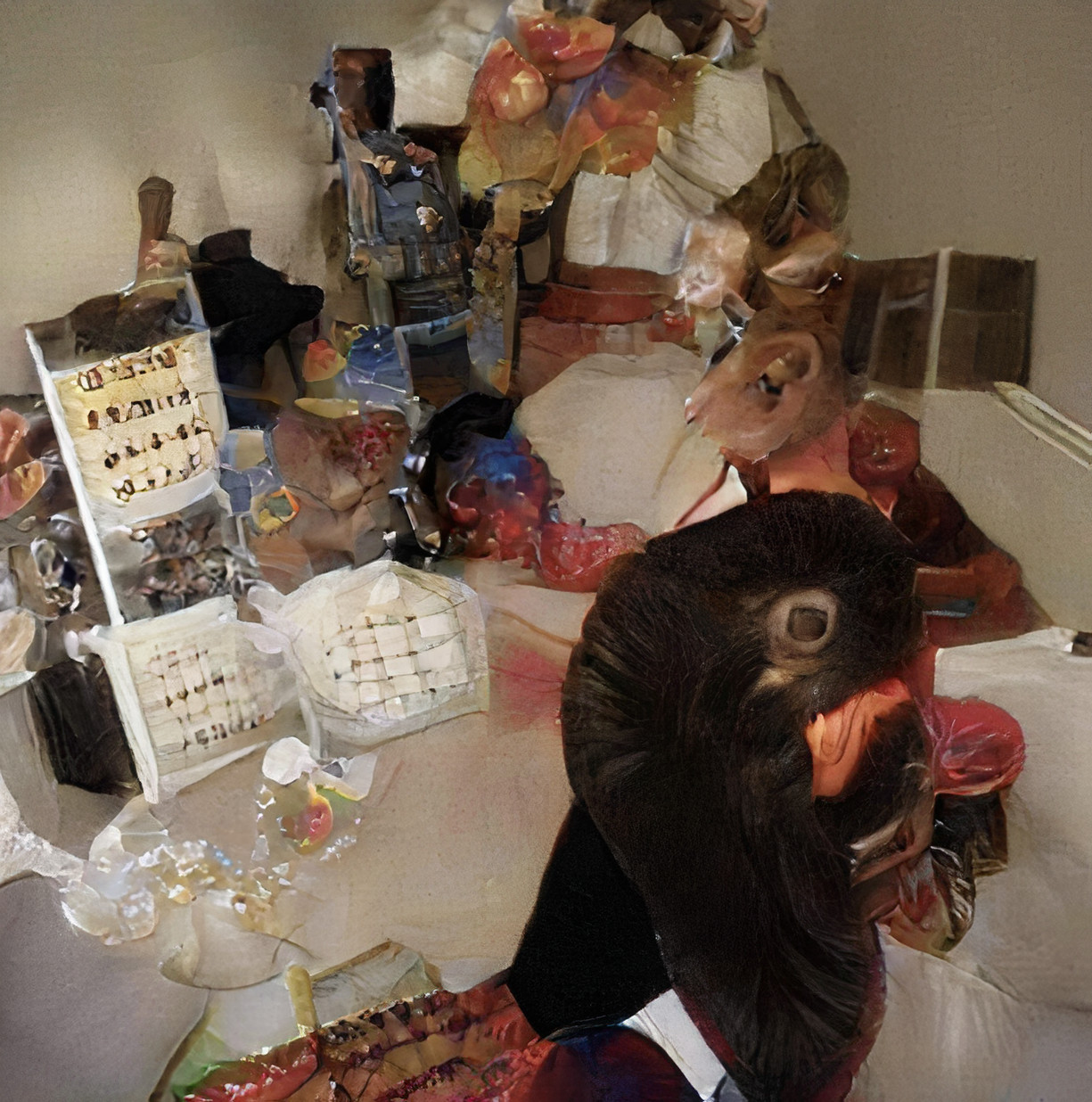Visual agnosia

Visual agnosia is a partial to complete inability to mentally process visual information, regardless of its clarity. For example, although one may be able to see what is in front of them in perfect detail, they will have a reduced ability to recognize what they are looking at. This can render even the most common everyday objects as unrecognizable, but holds particularly true with faces. It is also worth noting that this effect is directly comparable to the visual disorder known as visual apperceptive agnosia. [1]
Visual agnosia is often accompanied by other coinciding effects, such as analysis suppression and thought deceleration. It is most commonly induced under the influence of heavy dosages of dissociative or antipsychotic compounds, such as ketamine, quetiapine, PCP, and DXM. However, it can also occur to a lesser extent under the influence of extremely heavy dosages of psychedelic compounds, such as LSD, psilocybin, and mescaline.
Related Reports
External Links
References
- Behrmann, M., & Nishimura, M. (2010). Agnosias. Wiley Interdisciplinary Reviews: Cognitive Science, 1(2), 203-213. | https://doi.org/10.1002/wcs.42